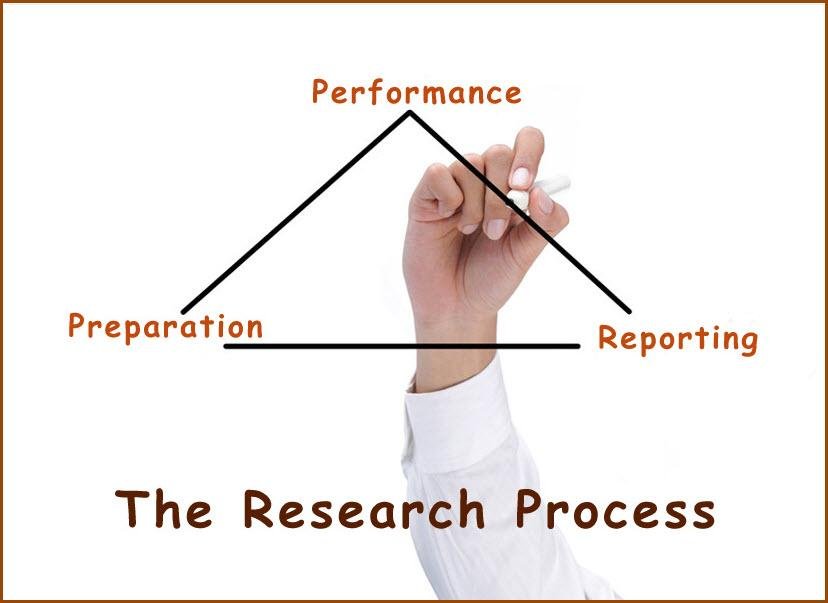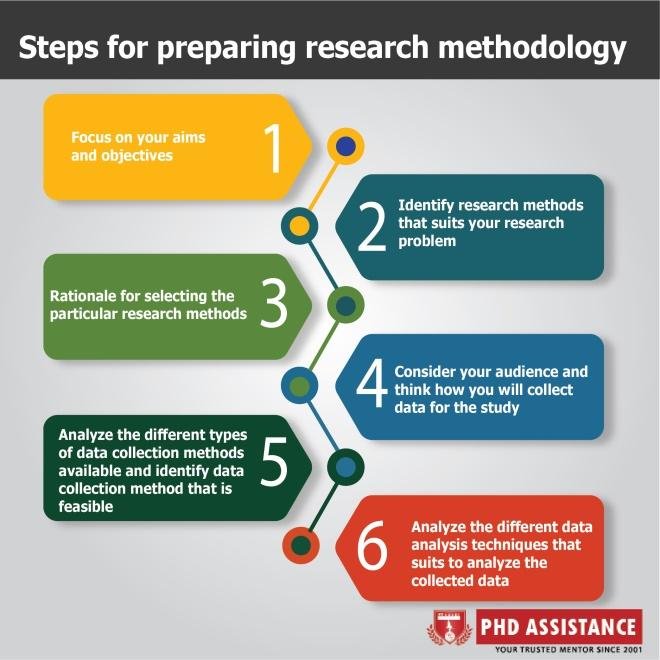research report how to write

In a world overflowing with information, the ability to distill complex data into coherent and actionable insights is invaluable. Enter the research report—a structured document designed to communicate the findings of a study with clarity and precision. Whether you’re delving into behavioral sciences, engineering innovations, or market trends, knowing how to craft an effective research report is an essential skill that can elevate your work from mere data presentation to impactful storytelling. This article will guide you through the fundamental elements of writing a research report, revealing practical tips and strategies to ensure your audience not only understands your findings but is also compelled to act on them. Join us as we explore the art and science of research report writing, transforming your raw data into powerful narratives that inform and inspire.
Understanding the Structure of a Research Report
Crafting a research report necessitates a clear and structured format that guides readers through the research process. Typically, a well-organized report will include the following sections: Abstract, Introduction, Methods, Results, Discussion, and Conclusion. Each section plays a significant role in contributing to the overall narrative of the research. The Abstract summarizes the entire study, highlighting the purpose, methods, results, and conclusions concisely, making it the last section to write despite its placement at the start. The Introduction sets the stage, providing background on the topic and detailing the existing literature to inform readers about what prompted the study.
In the Methods section, you explain the procedures used to conduct the research, including any materials or techniques employed, which is essential for replicability. The Results section presents the findings without bias, often utilising tables or figures to enhance clarity. This leads into the Discussion, where you interpret the significance of the findings in the context of existing research. the Conclusion wraps up the report, summarizing key insights and suggesting areas for further work. Adhering to this structure not only enhances comprehension but also fosters a logical progression of ideas throughout the report.

Crafting a Compelling Introduction and Literature Review
When embarking on your research report journey, the introduction serves as a vital first step in engaging your readers. A captivating introduction not only sets the stage for your research but also provides a clear rationale for the study. Consider including the following elements to strengthen your introduction:
- Contextual Background: Offer a brief overview of the topic and its significance within the field.
- Research Questions or Objectives: Clearly state what your report aims to answer or achieve.
- Thesis Statement: Formulate a strong argument that encapsulates the core purpose of your research.
The literature review serves to frame your work within existing research, identifying gaps that your study addresses. It requires a meticulous approach to compile and synthesize relevant scholarly articles, books, and other sources. When writing the literature review, aim to:
- Summarize Key Findings: Highlight the main contributions from previous studies.
- Cite Appropriately: Give proper credit to the authors whose work informs your research.
- Identify Trends and Gaps: Discuss the evolution of research in your area and pinpoint areas that need further exploration.
| Element | Description |
|---|---|
| Introduction | Establishes context, states objectives, and presents thesis. |
| Literature Review | Synthesizes existing research, identifies trends, and highlights research gaps. |

Methodology: Clearly Presenting Your Research Approach
In your research report, showcasing your methodology effectively is crucial for establishing credibility and allowing readers to replicate your study. Begin by detailing your research design, which encompasses the framework and strategy you employed. Clearly outline whether your approach was qualitative, quantitative, or mixed-methods, and explain the rationale behind your choice. Highlight key components of your methodology such as:
- Participants: Describe your sample size and selection criteria.
- Data Collection: Specify instruments or tools used for gathering data.
- Analysis Methods: Elucidate techniques applied to interpret your data.
Next, create a transparent narrative of the procedural steps you took during your research. This could be enhanced by presenting a table summarizing these steps for easy reference. Use concise language to maintain clarity and precision. Here’s an example of how you might structure such a table:
| Step | Description |
|---|---|
| Step 1 | Define research questions and objectives. |
| Step 2 | Select participants and secure informed consent. |
| Step 3 | Implement data collection methods. |
| Step 4 | Analyze data using appropriate statistical or thematic techniques. |

Analyzing and Reporting Results with Clarity and Precision
When crafting a research report, it is vital to present your findings in an intuitive manner that facilitates comprehension. To achieve this, consider employing visual aids like charts and tables, which can distill complex data into digestible formats. Here are some key strategies to enhance clarity and precision in reporting results:
- Utilize simple language to ensure your audience can easily grasp the concepts presented.
- Adopt a logical structure: introduce the results followed by significant findings, and end with a discussion of implications.
- Highlight key data points with call-out boxes or bullet points for emphasis, directing readers’ attention to essential information.
Equally important is the interpretation of results. Your analysis should bridge the gap between raw data and meaningful conclusions. Address potential limitations of your study to provide context for your findings. To assist your readers further, consider integrating a summary table that captures the essence of your results:
| Data Point | Value | Significance |
|---|---|---|
| Sample Size | 150 | Large enough for generalization |
| Response Rate | 85% | High reliability |
| Main Finding | Increased Engagement | Significant at p < 0.05 |
To Conclude
crafting a research report is more than just an academic exercise; it is a journey through the landscape of knowledge, inquiry, and discovery. By following the structured guidelines outlined in this article, from articulating a clear thesis to presenting your findings with clarity and precision, you empower yourself to communicate effectively and contribute meaningfully to your field. Embrace the process, and let your curiosity guide you as you transform complex ideas into coherent narratives. Whether you are a seasoned researcher or embarking on your first report, remember that each page you write is a step toward understanding and innovation. Happy writing!




